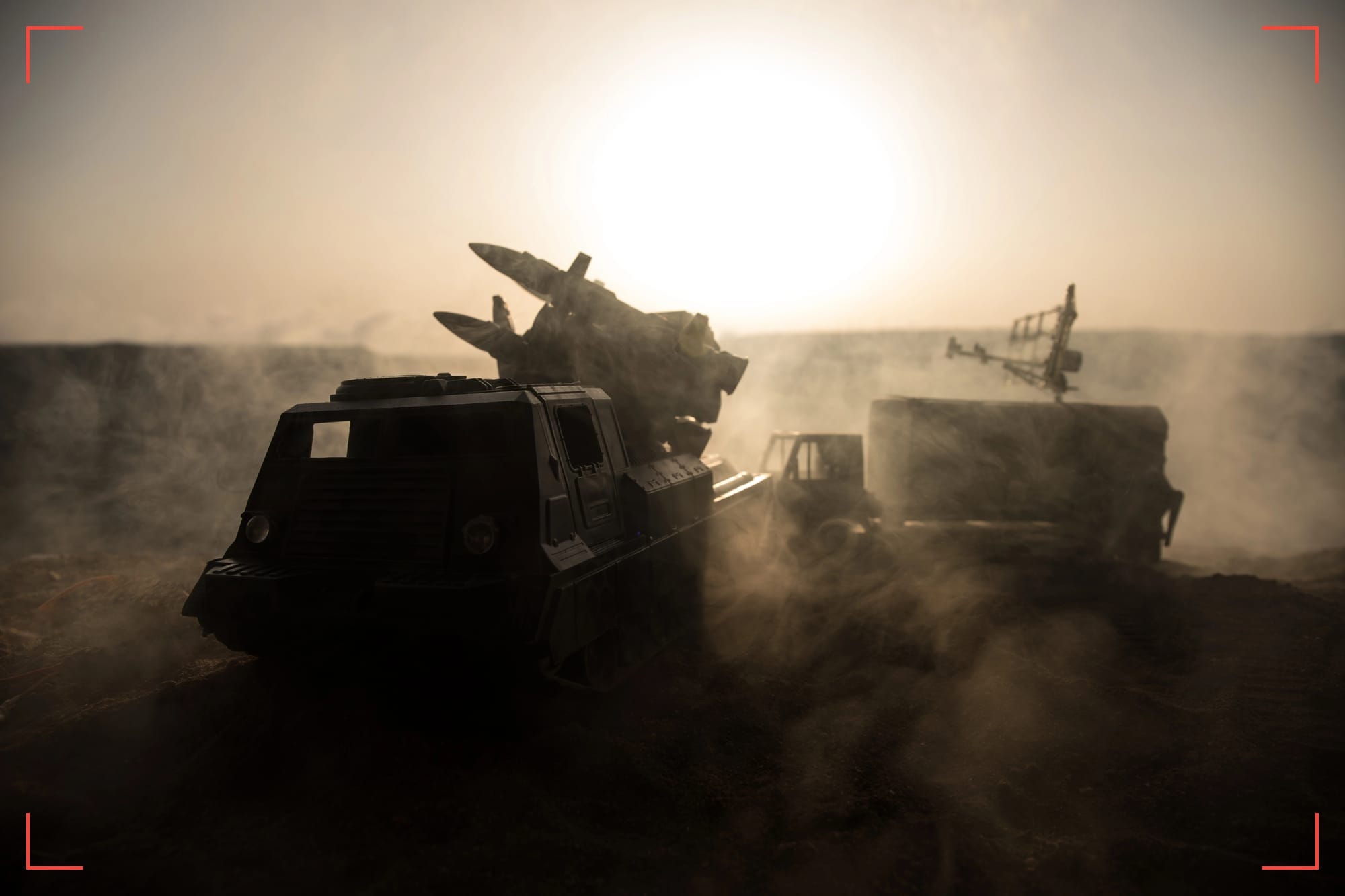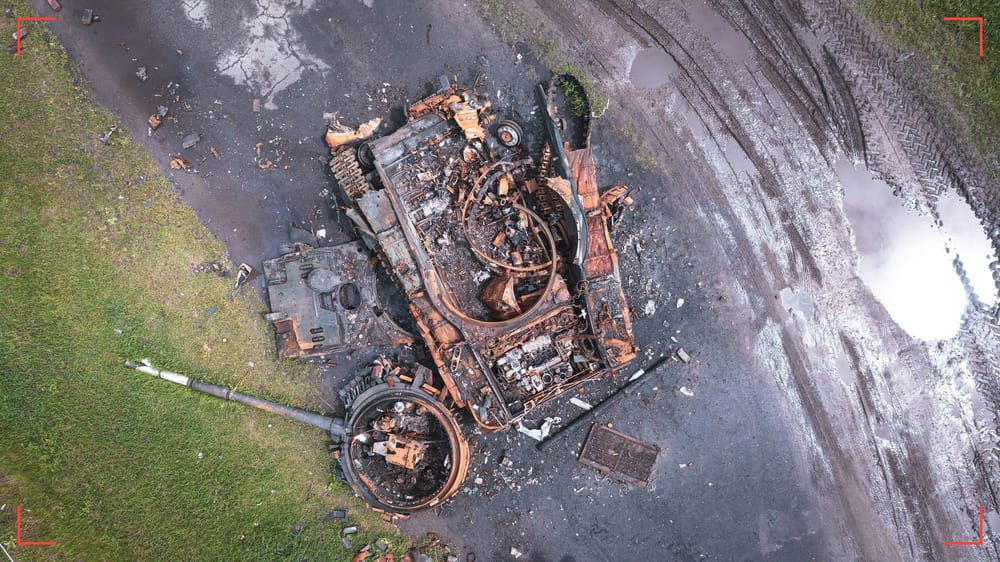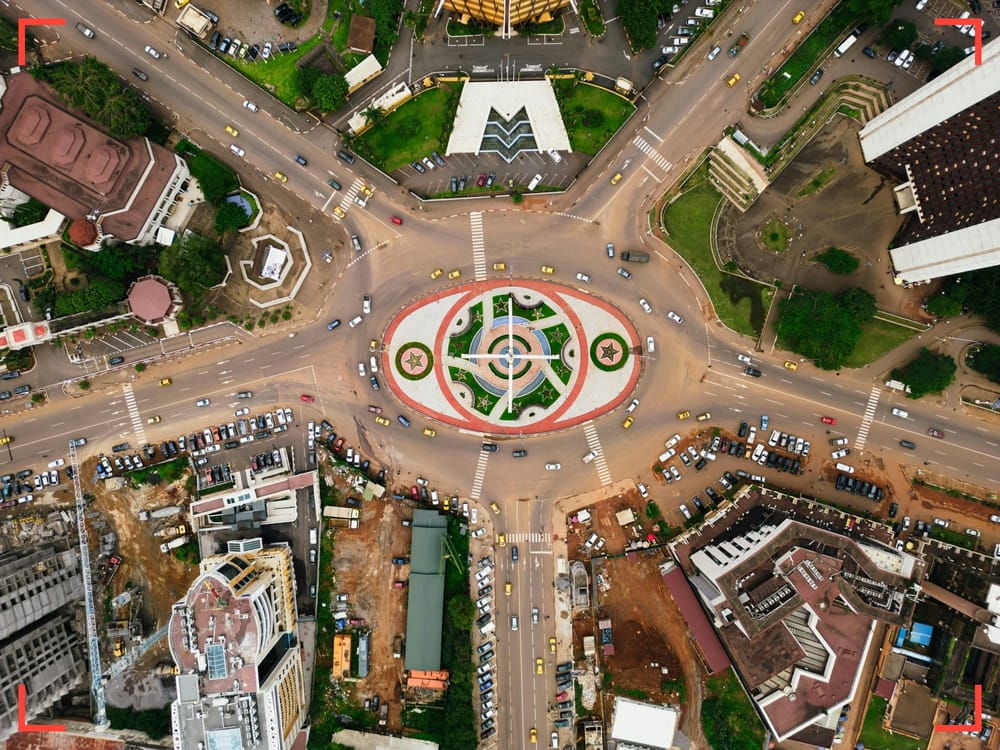Russian Drone Incursions SpecialREPORT
Russian Drone Incursions: A Test for European Unity and Responsiveness

Report Details
Initial Publish Date
Last Updated: 01 NOV 2025
Report Focus Location: Cameroon
Authors: CI, EA
Contributors: GSAT
GSAT Lead: MF
RileySENTINEL provides timely intelligence and in-depth analysis for complex environments. Our global team blends international reach with local expertise, offering unique insights to navigate challenging operations. For custom insights or urgent consultations, contact us here.
Key Findings
- Over 20 drones were detected entering Polish airspace in an incident in early September. The first of many reported drone-inclusion incidents across Europe and Eurasia, with varying degrees of legitimate Russian origin, however still having real impact.
- The drone incursions led to consultations under Article Four of NATO, with Operation Eastern Sentry was launched a few days later as a consequence.
- Denmark was the country impacted most besides Poland, with several large drones causing major flight disruptions.
- Russia denies any responsibility, accusing Europe of finding a reason to boost defense spending and portraying Russia as a threat.
- These hybrid actions align well with Russian tactics of employing means below the threshold of open war, while still allowing the country to deny involvement.
- Russia is testing Europe’s and NATO’s unity by trying to shift the focus from Ukraine to domestic security concerns and aiming to raise the costs for European defense.
- The EU has created a goal for establishing a “drone wall” by 2027 that would defend EU members from future drone incursions from countries like Russia.
- NATO is expediting the creation of more effective counter-drone initiatives while also establishing its own drone capabilities.
Remaining content is for members only.
Please become a free member to unlock this article and more content.
Subscribe Now







